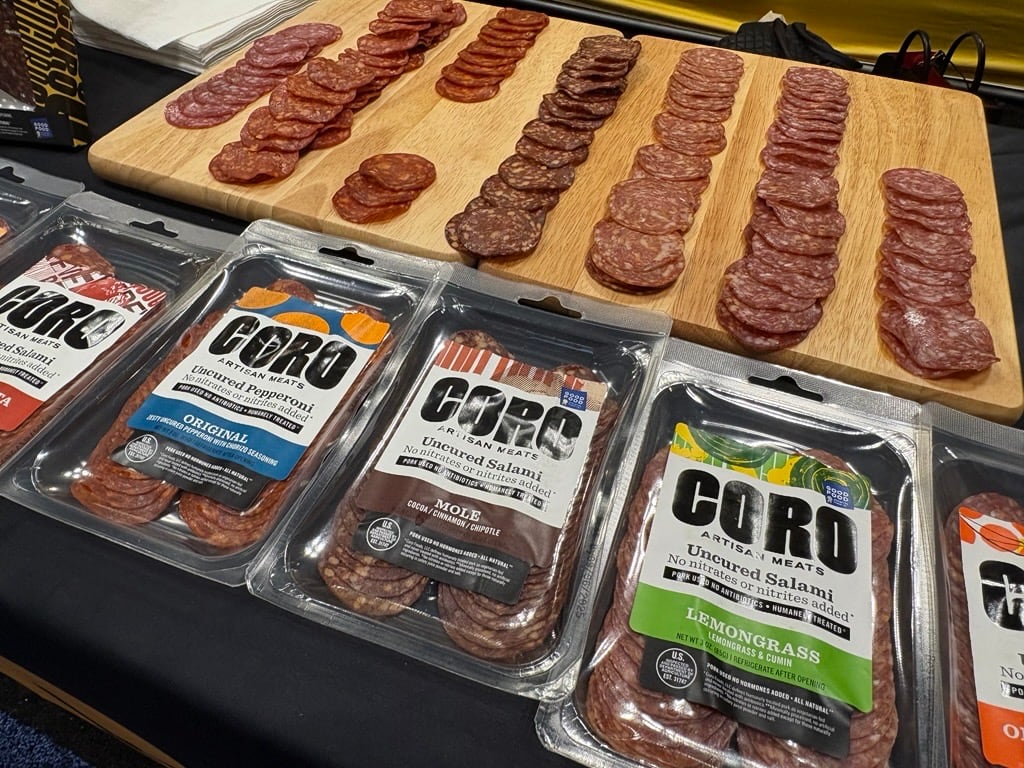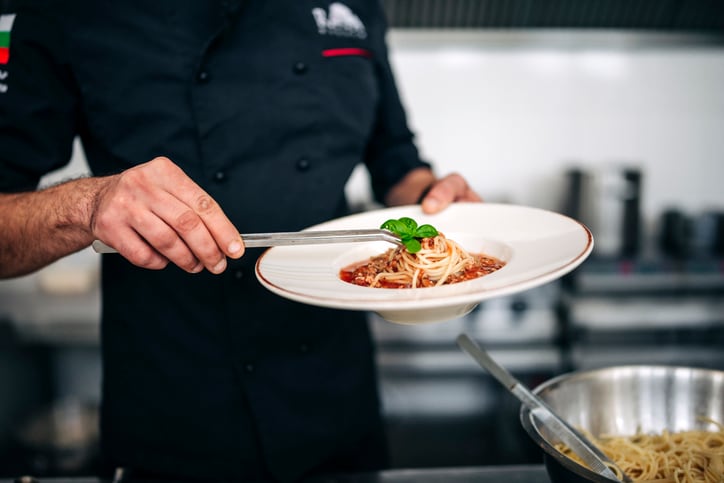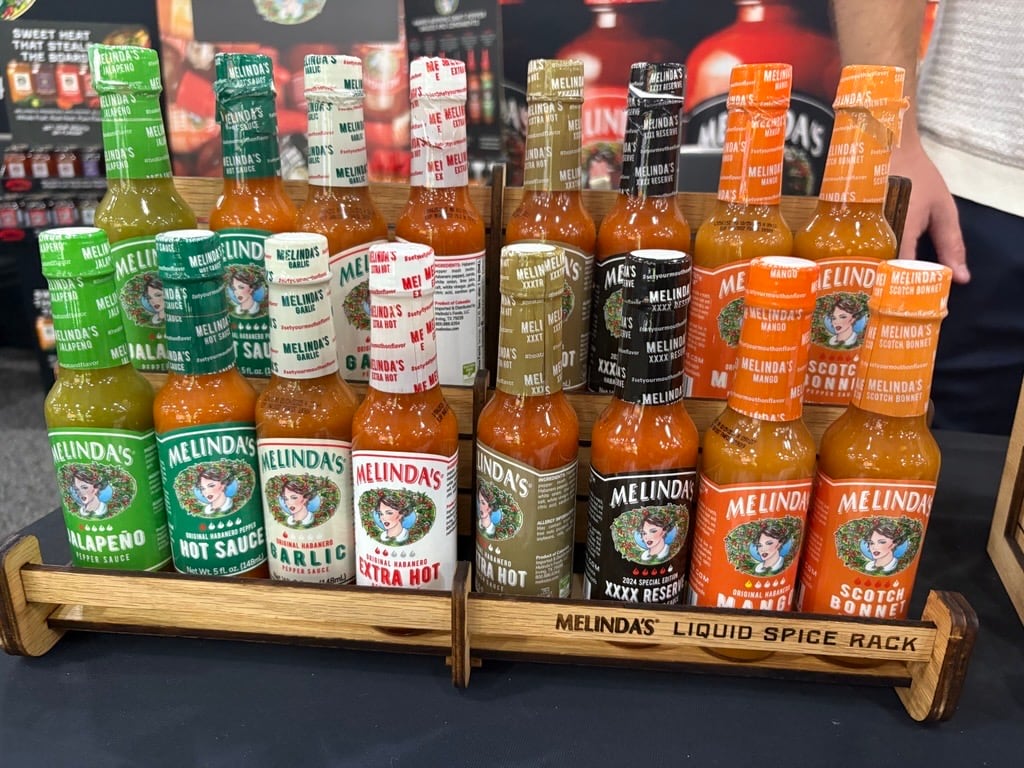Popping boba are no longer limited to iconic bubble teas or fruity refreshers, thanks in part to Kültee Kaviar, which is bringing the colorful and flavor-filled spheres to unexpected places, such as an ice cream ribbon, or as a pancake topper, or even as a decorative garnish to the ever-trendy Espresso Martini.
The popularity of boba tea with tapioca or popping pearls in the US has skyrocketed since its introduction in the 1990s – accounting for about a third of the global market share and an estimated $953.3 million in sales in 2023 with a projected compound annual growth rate of 9.5% through 2030, according to Grand View Research
Central to Kültee Kaviar’s expansion and diversification strategy for popping boba is offering a smaller more versatile size, domestically producing the ingredient in the US and only using natural ingredients.
Good things come in small packages
“There are two main categories of boba,” explained Nils Schaede, director of marketing for Zentis North America – the parent company for recently launched Kültee Kaviar. “There is the tapioca boba that is chewy and very known from the bubble tea. And there is popping or bursting boba, which has a very thin skin layer and it usually comes with a liquid core that gives it the pop and gives it the mix in your mouth that makes it special.”
Kültee Kaviar offers popping boba in the standard 9mm size but also in a 6mm option, which Schaede said gives innovators more flexibility to use boba in unexpected ways.
“You specifically find 9mm boba in the bubble tea craze that has been around for 10 or 15 years. The goal of what we are doing, what I am doing with my team, is to take that boba out of the bubble tea corner and open it up as an ingredient – as an exciting new thing for chefs, culinary experts, mixologists and have people play with it and innovate,” he said.
Because the smaller size is more akin to caviar, it can be enjoyed without the special wide straw used for bubble tea, and it works well as a topping or mix-in, such as on cheesecake or as the ribbon in a strawberry ice cream, Schaede said.
Kültee Kaviar also wants to expand popping boba beyond sweet by filling it savory and even spicy flavors that work well in main dishes. For example, hot sauce filled boba on shredded chicken or as a topping on salads.
Schaede said these applications can help brands meet growing consumer demand for bold flavors and texture combinations that deliver new experiences.
Domestic production simplifies innovation
Kültee Kaviar also stands out from the competition because it produces its boba in the US – allowing domestic companies to sidestep steep tariffs and keep their costs down – and because it uses only natural ingredients and thereby offering a clean label alternative at a time when artificial dyes and flavors are in the crosshairs.
The company in March opened a fully automated production line in Plymouth, Ind., which allows the company to claim “Made in the USA” – a point of distinction from the bulk of popping boba which are made in Asia.
In addition, the company skips artificial flavors and colors, which are quickly falling out of favor in the US, and uses only natural options.
While Kültee Kaviar may be new, having launched just two years ago in the US, it’s parent company Zentis North America is an established family-owned ingredient supplier with 130 years of experience on which to draw as it builds out this new business.
The go-to-market strategy is focused first on foodservice and targeting chefs who can integrate the smaller boba in cocktails and dishes, according to Schaede. But eventually, he predicts popping boba will start popping up in more places.



